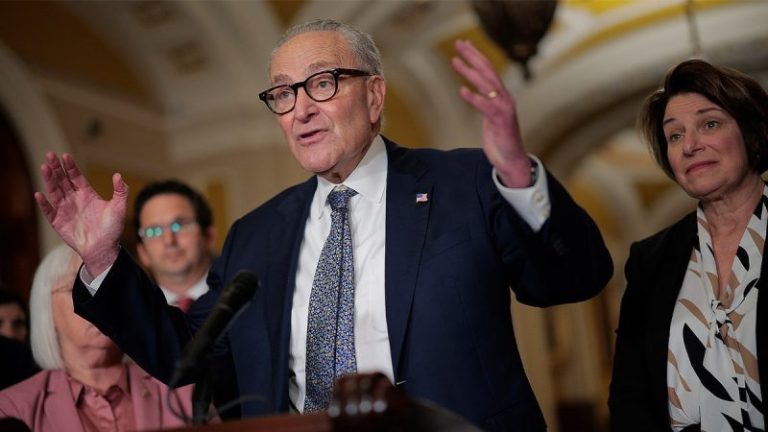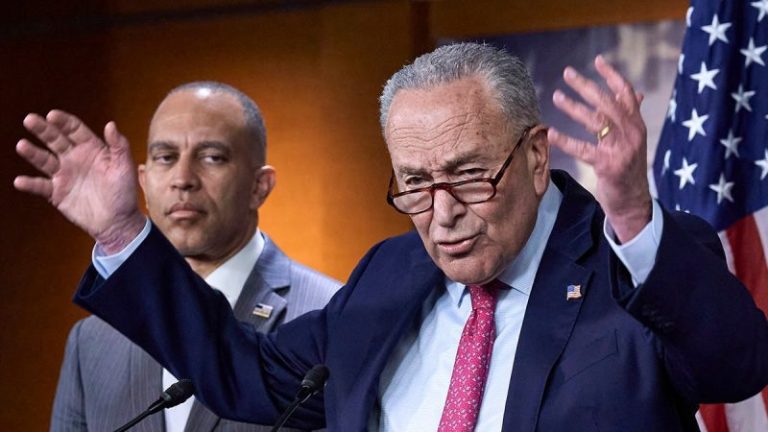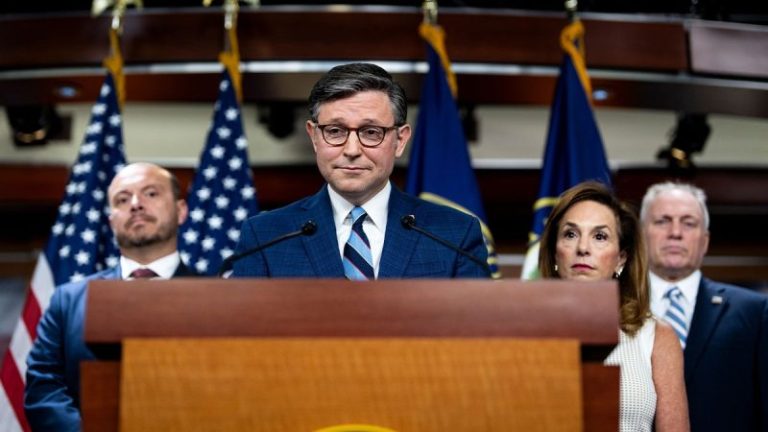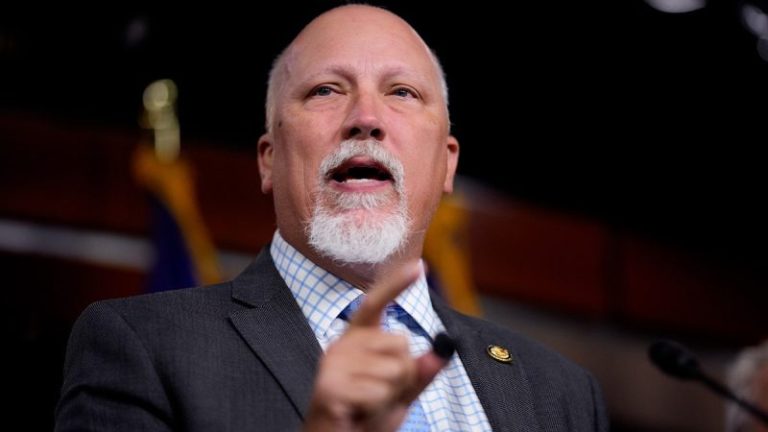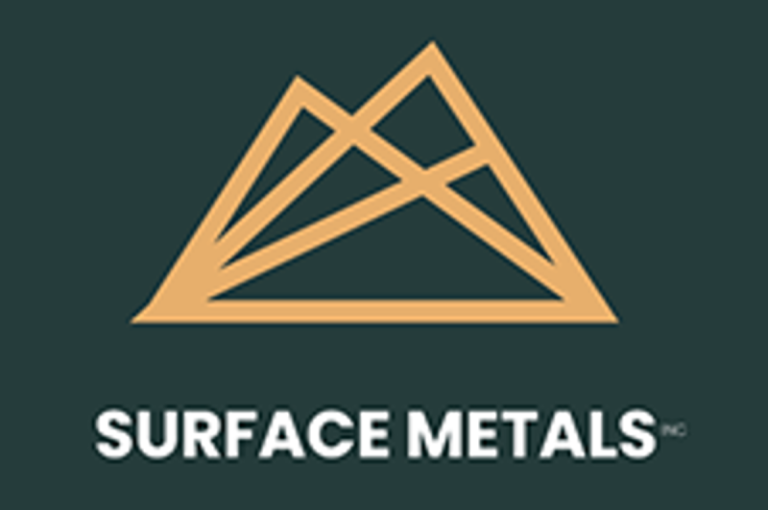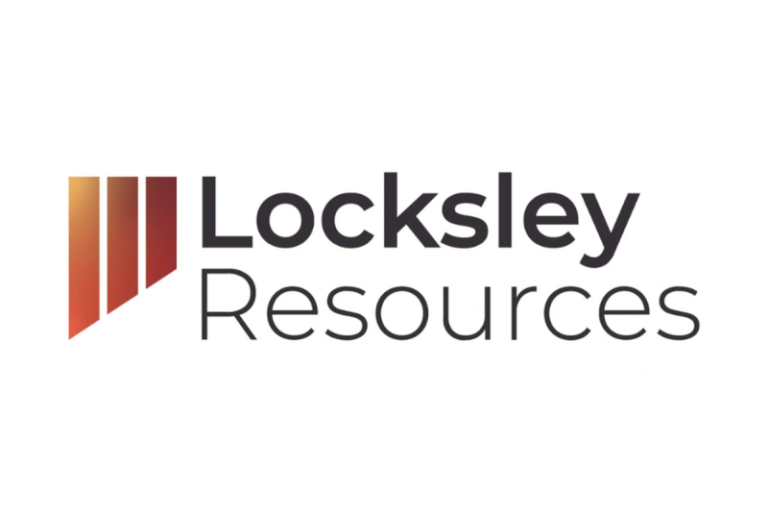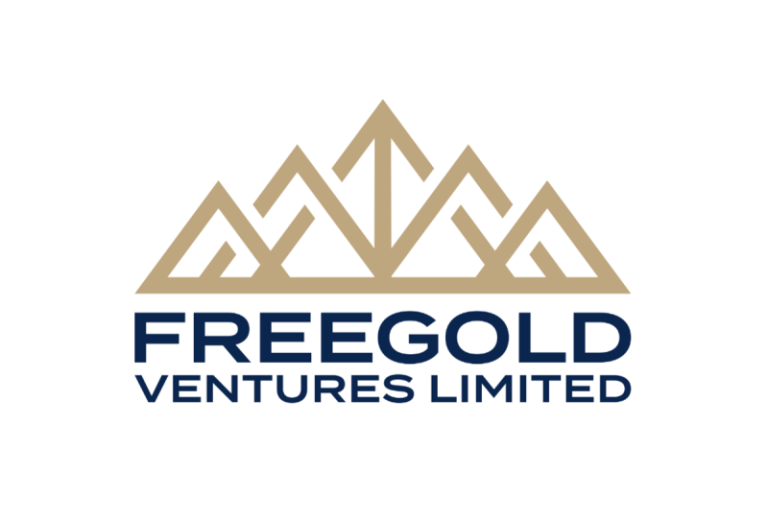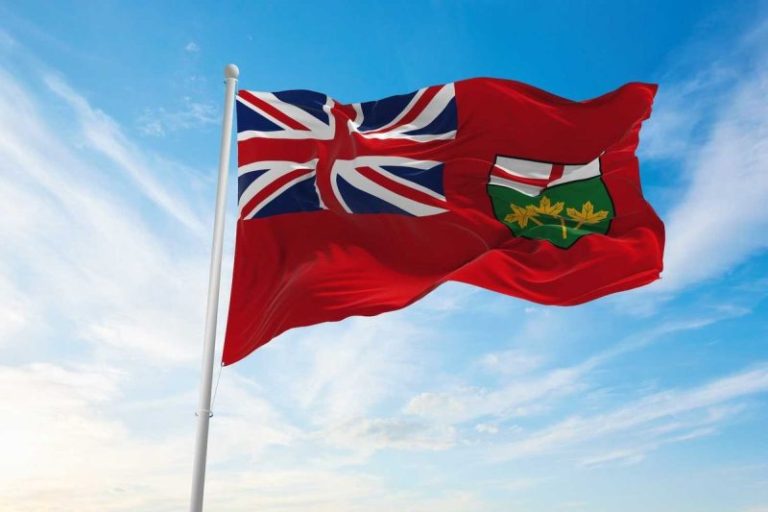I went to England on a history vacation. It turned into an archaeological expedition, uncovering the bones of a once-great civilization.
All the tourist sites are still there. You can still see the changing of the guard at Buckingham Palace, recall the ‘V’ for victory in the Churchill War Rooms or be inspired to pray at Westminster Abbey. But those are mere historical artifacts, like the pyramids of Egypt or the Acropolis in Greece. The ideals and most of the people who believe in them are long gone.
I was in London less than 24 hours before a terror attack killed two people in a Manchester synagogue. Police also killed the terrorist, a Syrian-born, 35-year-old immigrant named Jihad Al-Shamie, who they said had pledged himself to ISIS. Two innocent Jewish people are dead and a walking, talking metaphor was the cause. Jewish citizens admitted the assault was shocking but not surprising, given the rise of antisemitism in England.
Two days later, thousands of ‘pro-Palestinians’ held a protest around Trafalgar Square. I watched police arrest a few radicals, while the crowd chanted, ‘Free Palestine.’ British Prime Minister Keir Starmer urged everyone not to protest on the Oct. 7th anniversary of the attack on Israel because he said it was ‘un-British.’ Unfortunately, it’s all too British these days. Britain has imported millions of people who hold no allegiance to its nation or its beliefs. They brought with them both a hatred of Jewish people and Western civilization.
On Oct. 11, hundreds of thousands of ‘pro-Palestine’ protesters marched in London, shutting down streets and businesses. Even the ceasefire in Gaza didn’t satisfy them. It’s Starmer’s fault. He recognized a Palestinian state, rewarding Hamas for its barbaric assault on Israel and emboldening the protesters.
Now, the government has to try to look good. It told universities they must ‘take stronger action to protect Jewish students,’ according to Reuters. But, a new YouGov poll says one out of five Britons holds antisemitic views. The message to Jews in England seems disturbingly similar to what it was in 1930s Germany: get out while you still can.
That is only one aspect of the failed British state. Some British people understand they had their history and culture stolen from them, but fear their government enough that they are unwilling or unable to do anything about it. One resident I met was afraid to even wear the British flag for fear of arrest. The same individual referred to England as a ‘tinder box’ that could turn into a civil war.
Those feelings aren’t surprising. A Labour Party member of the British Parliament, Jeevun Sandler, came out on Oct. 12, urging England to take down its flag from lamp posts because it was seen as ‘unwelcoming’ to immigrants. A local politician was investigated by police after she said she was ‘born and bred here.’ And a recent study from the University of Leicester’s Centre for Hate Studies complains that rural England is ‘overwhelmingly White’ and needs ‘inclusion.’
It’s not just politics. Canterbury Cathedral, a truly majestic monument to Christianity and Western civilization, was turned into a site for a graffiti-like art demonstration of England’s decline and fall. Christianity Today explains it as an, ‘art exhibit titled ‘Hear Us,’ which features temporary graffiti stickers that were slapped on Canterbury’s stone pillars and aim to highlight minorities while posing challenging questions to God.’ Artist Alex Vellis self describes as ‘an agender goblin-thing.’ Just the person you’d pick to decorate one of the world’s most famous religious sites.
What Vellis did is not art. It’s desecration. Thank God, I saw the cathedral just before this betrayal.
Major institutions embraced the guilt complex that causes all this. It is common for tour guides, museum employees and docents to fill their talks with leftist talking points about climate change and immigration. Many historic sites I visited were quick to demonize British history. Explorer and privateer Sir Francis Drake, who heroically defended England against the Spanish armada, is slammed as an enslaver at the very maritime museum he helped inspire.
British media is worse. The BBC is almost laughably left wing. It layered discussions of the Manchester terror attack with the typical refrain, ‘but Israel.’ Other outlets weren’t as bad, but that’s not saying much. Even commercials show the built-in biases. I saw at least 13 Unicef UK Ads on my television. Nine were about providing aid to Gaza, one more was for Yemen. There were no ads about helping Christians being genocided In Africa. Or even aiding Muslims in China or Myanmar, where they are also being persecuted. Of course, they aren’t fighting Israel in those locations.
Starmer’s many failures make him wildly unpopular and the Reform Party is polling high, looking like it could sweep future elections. The British response is to crack down even more. Rather than defend its own history and culture, the government wars against them. Already, 12,000 people are arrested each year for what they say online.
British politician and journalist Daniel Hannan summarized these problems with the question, ‘Why are so many British leaders anti-British?’
Those problems are already here in America, they simply haven’t taken root as strongly yet. England is perhaps 10 or 20 years ahead of us. It can serve as a warning or a peek at our inevitable decline. Our campuses are filled with indoctrinated young people, ignorant of history and eager to carry whatever banner will tear down America and the West. It doesn’t matter if it’s the flag of communism or Hamas.
There are some in England who haven’t given up. But the fear is that it is too late. And looking around England, it’s hard to feel otherwise. For America, it’s not too late… yet.


